1. Fear of Tomatoes

Believe it or not, tomatoes used to terrify people in Europe. In the 16th and 17th centuries, many thought the fruit was poisonous, partly because of its relation to the deadly nightshade plant. Wealthy Europeans even fell ill after eating tomatoes, but that was because the fruit’s acidity leached lead from their pewter plates, not because of the tomato itself. The nickname “poison apple” stuck, and the fear spread quickly.
This tomato phobia meant people avoided them for generations. In fact, tomatoes weren’t widely accepted in the U.S. until the 1800s. Today, it’s hard to imagine pizza or pasta without them, but centuries ago, they were more likely to show up in horror stories than recipes. What once struck fear now feels like comfort food.
2. Fear of Left-Handedness
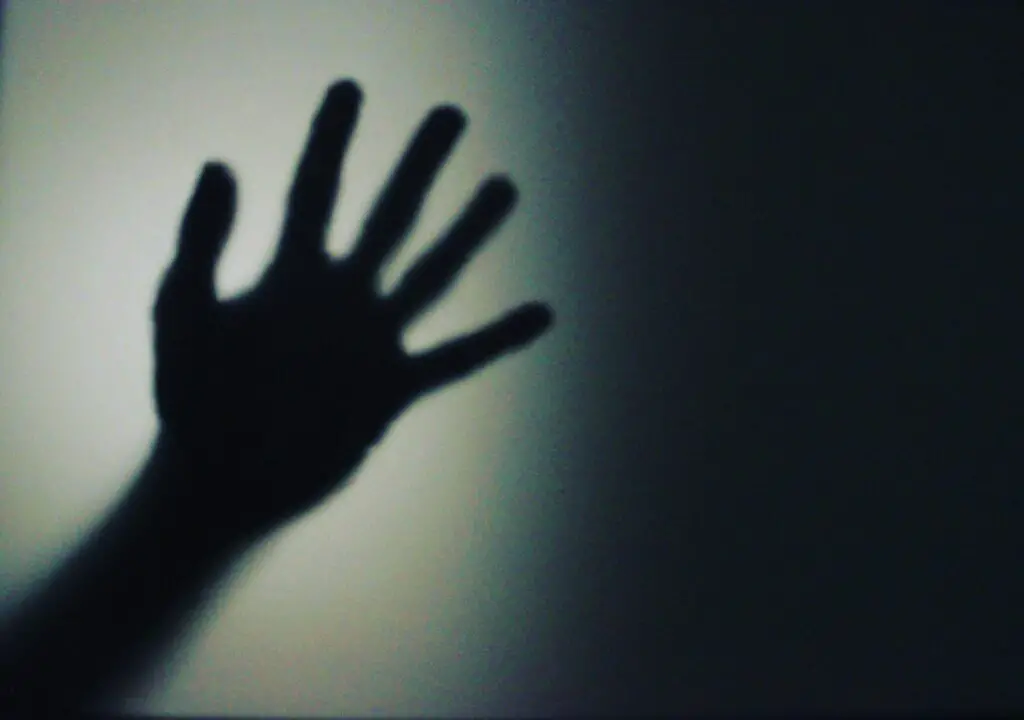
For centuries, being left-handed wasn’t just inconvenient, it was seen as dangerous. Many cultures viewed left-handedness as unlucky or even evil, with the word “sinister” coming directly from the Latin word for “left.” In schools, left-handed children were forced to switch hands, sometimes punished until they complied.
Parents worried their children would be shunned or thought to be cursed. The fear went so deep that left-handed people were sometimes associated with witchcraft. While today we simply buy left-handed scissors and celebrate individuality, the historical fear of southpaws shaped generations of people.
3. Fear of Comets

When a comet blazed across the sky centuries ago, people didn’t marvel—they panicked. Comets were thought to be omens of disaster, signaling famine, disease, or the death of a king. Historical records are filled with accounts of trembling rulers and frightened townsfolk every time a comet appeared.
This fear was so ingrained that astrologers built entire predictions around them. One famous example is Halley’s Comet, which people once believed foretold the Norman Conquest of England. Instead of awe, comets sparked sleepless nights and desperate prayers.
4. Fear of Garlic
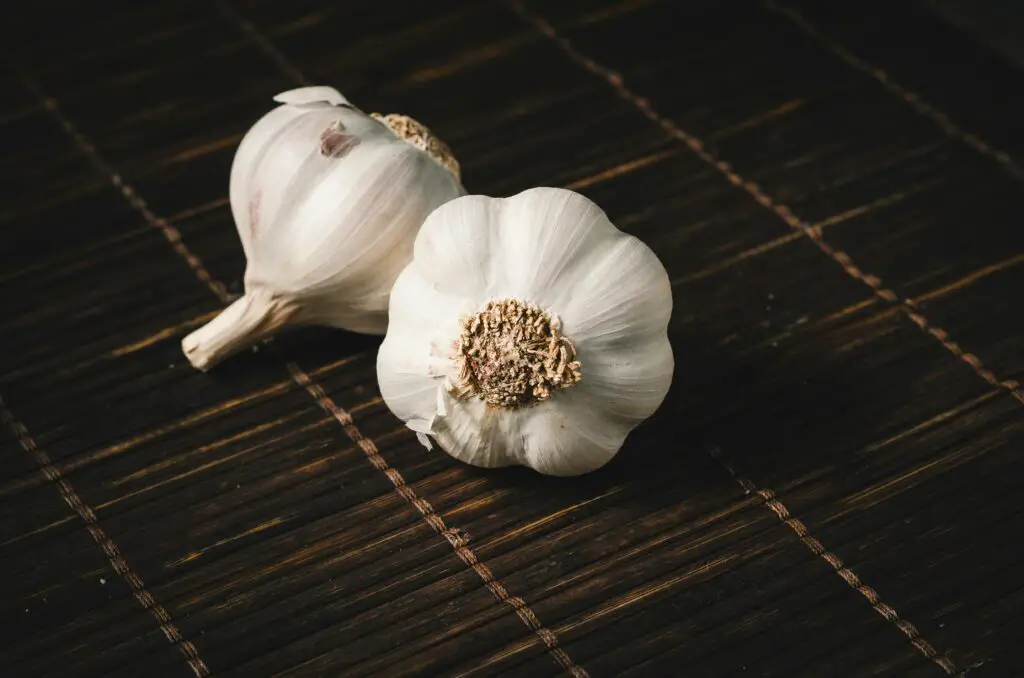
It might sound funny now, but garlic wasn’t always the kitchen staple it is today. In parts of Europe during the Middle Ages, garlic was associated with sickness and decay. Its strong odor was thought to spread disease, and some believed it marked people as unclean or cursed.
Ironically, garlic was also considered protective in other traditions, like warding off vampires or evil spirits. The mixed beliefs created both fear and fascination. What we now toss into pasta sauce once sent people running for the hills.
5. Fear of Mirrors
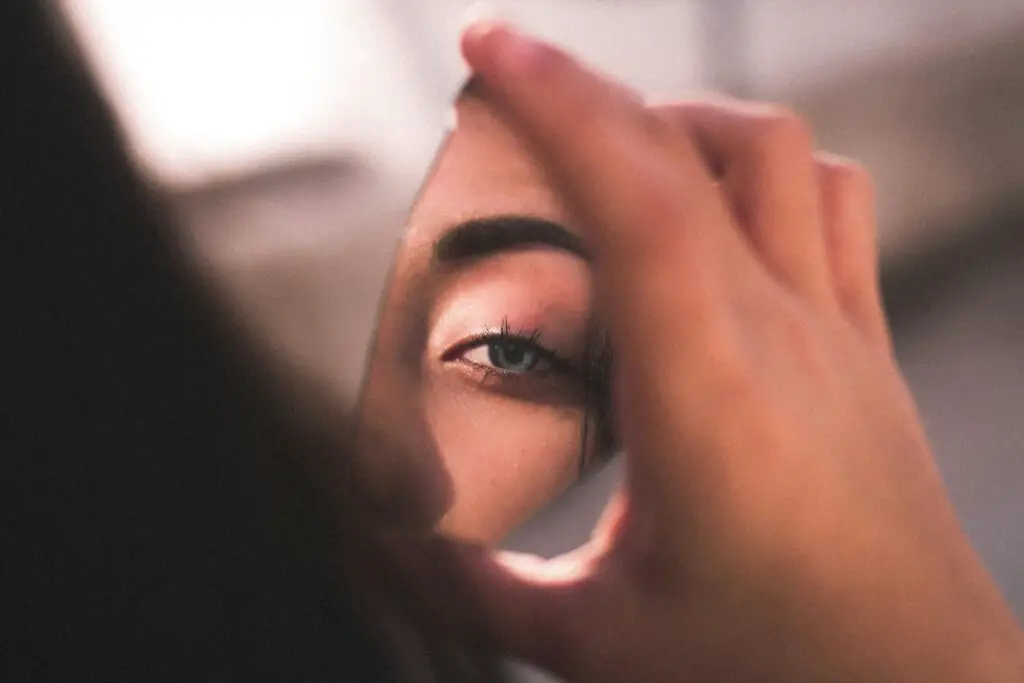
Today, mirrors are just part of everyday life, but in earlier centuries, they were objects of deep suspicion. Many believed that mirrors could trap souls or open portals to the spirit world. In some cultures, people covered mirrors when someone died so the spirit wouldn’t get stuck inside.
The fear was strong enough that some households avoided mirrors entirely. This superstition lingered for generations and influenced folklore, ghost stories, and even funeral traditions. For some, a mirror wasn’t a reflection—it was a threat.
6. Fear of Night Air

Before modern medicine, people believed that night air itself was poisonous. Known as “miasma,” this belief suggested that breathing air after dark could make you sick with fevers or worse. Windows were shut tight, and families avoided going outside at night.
This fear shaped city planning, with certain districts being considered more “unhealthy” after sunset. While we now understand diseases are spread by germs, not cool night breezes, the old phobia left its mark on behavior for centuries.
7. Fear of Reading
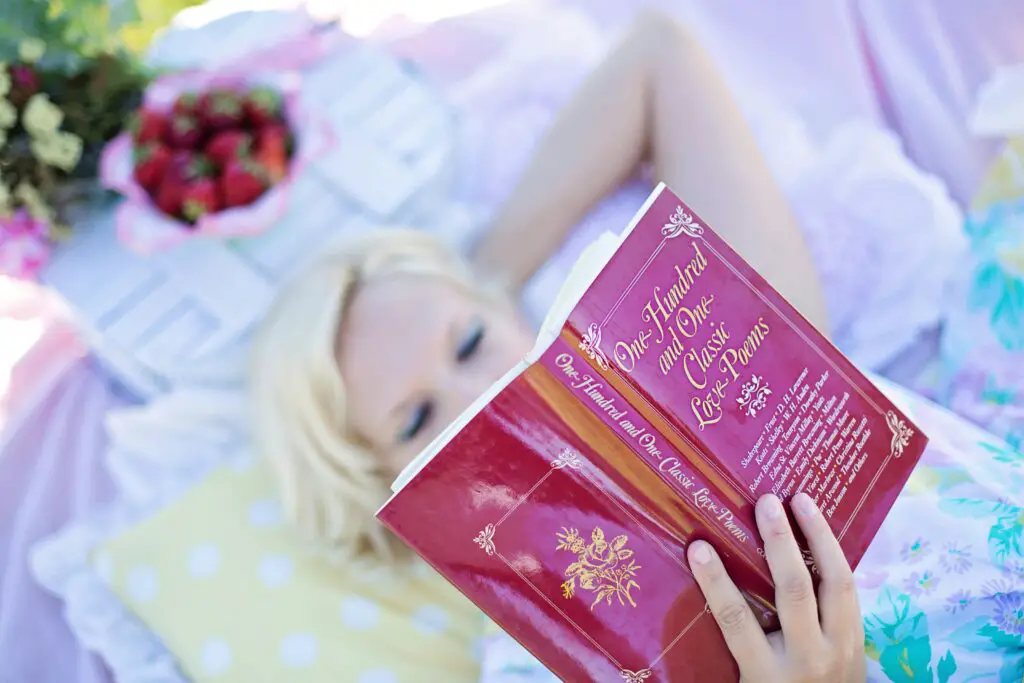
It may be surprising, but there was a time when reading itself sparked fear. In the Middle Ages, common people were sometimes discouraged from reading religious texts, with leaders warning that too much reading could lead to heresy or madness. Even in later centuries, some believed that excessive reading would overstimulate the brain and cause illness.
The idea especially targeted women, with “reading addiction” thought to make them hysterical or rebellious. Novels in particular were blamed for corrupting morals. What we now think of as a healthy hobby was once treated like a dangerous habit.
8. Fear of Coffee
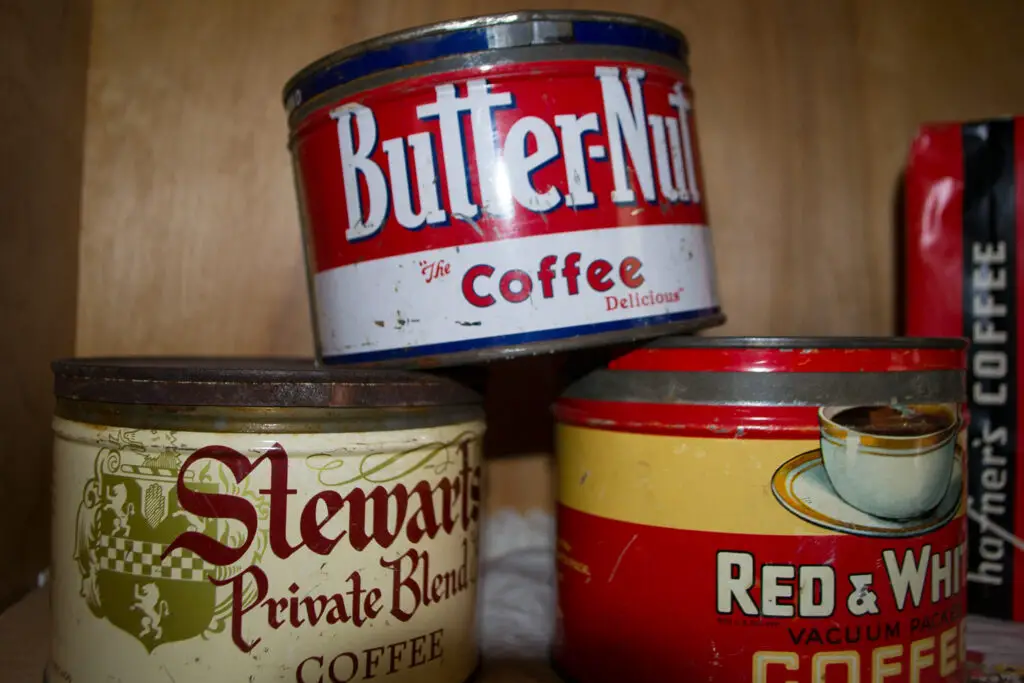
Coffeehouses may seem harmless today, but in the 1600s they stirred up genuine terror. Some rulers banned coffee, fearing it would encourage rebellion, gossip, and dangerous thinking. Others believed the drink itself was harmful, calling it a “satanic beverage.”
Despite the fear, people kept sipping, and coffeehouses became hubs for politics, business, and community. The more authorities tried to suppress it, the more popular it became. What began as suspicion eventually turned into a global obsession.
9. Fear of Umbrellas Indoors
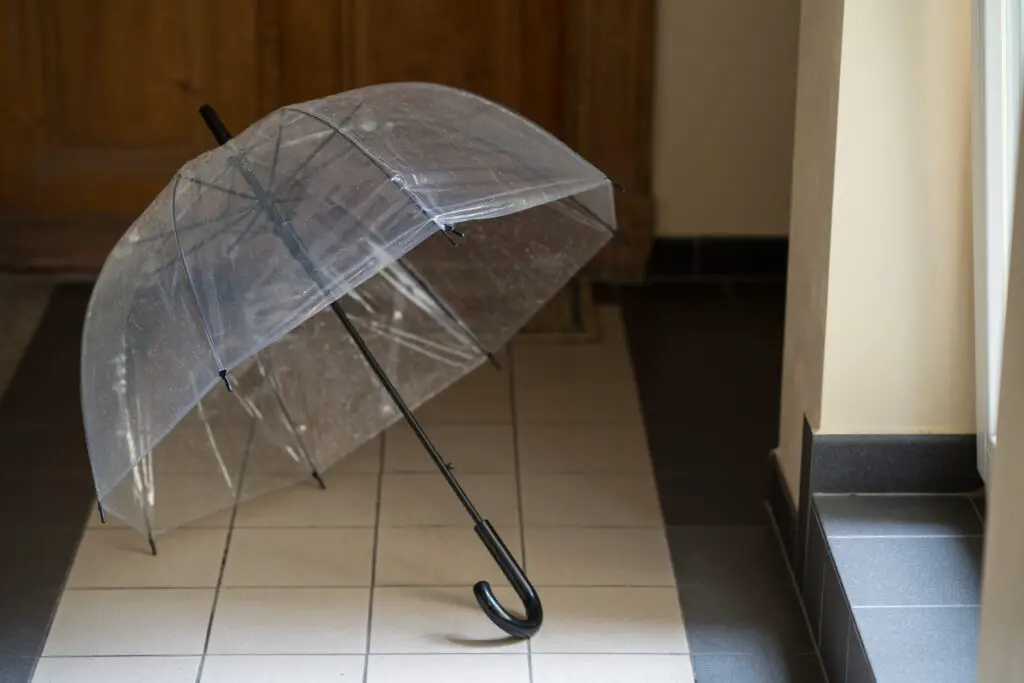
Superstition once made people truly wary of opening umbrellas indoors. In Victorian England, doing so was said to bring terrible bad luck, sometimes even death. Because umbrellas were bulky and full of sharp edges in their early designs, opening one inside was not only impractical but potentially dangerous.
This practical danger merged with superstition, creating a full-blown phobia. Families scolded children for trying it, and adults avoided it at all costs. While most people now laugh at the idea, the superstition still lingers in everyday sayings.
10. Fear of Theater
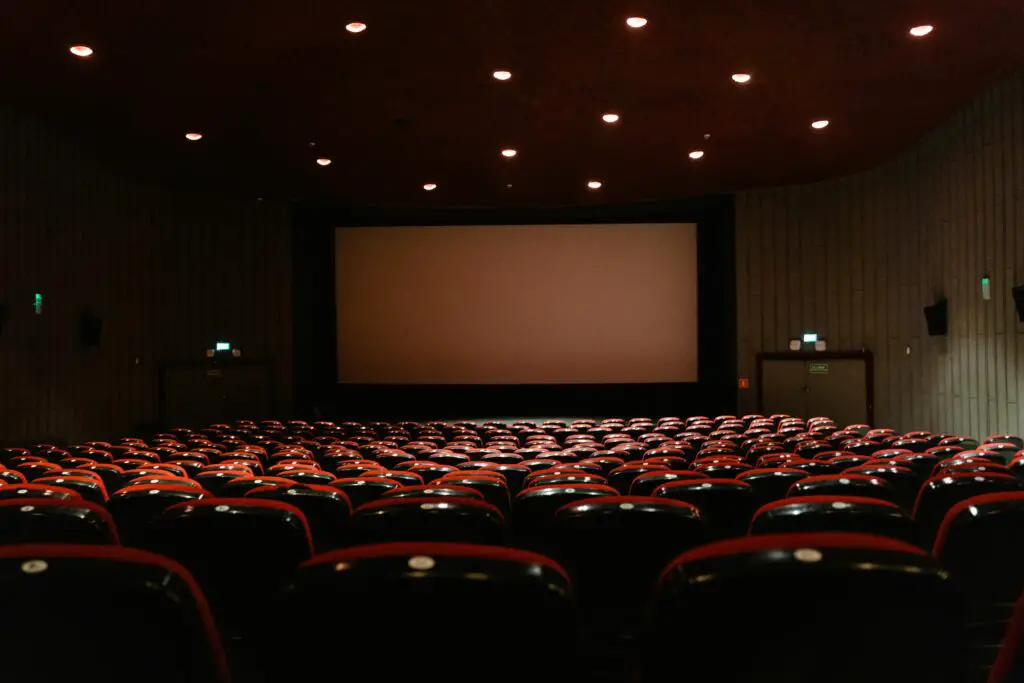
In medieval Europe, theater wasn’t always embraced as entertainment. Religious leaders often warned that plays were corrupting, dangerous, and even spiritually harmful. Actors were seen as untrustworthy, blurring the line between truth and deception. Some towns even banned performances, fearing they would lead people away from faith.
Audiences, too, were sometimes suspicious, believing plays might invoke demons or invite sin. While the phobia faded, the idea of theater as scandalous persisted for centuries. Ironically, the very thing once feared became one of history’s greatest art forms.
11. Fear of Paper Money
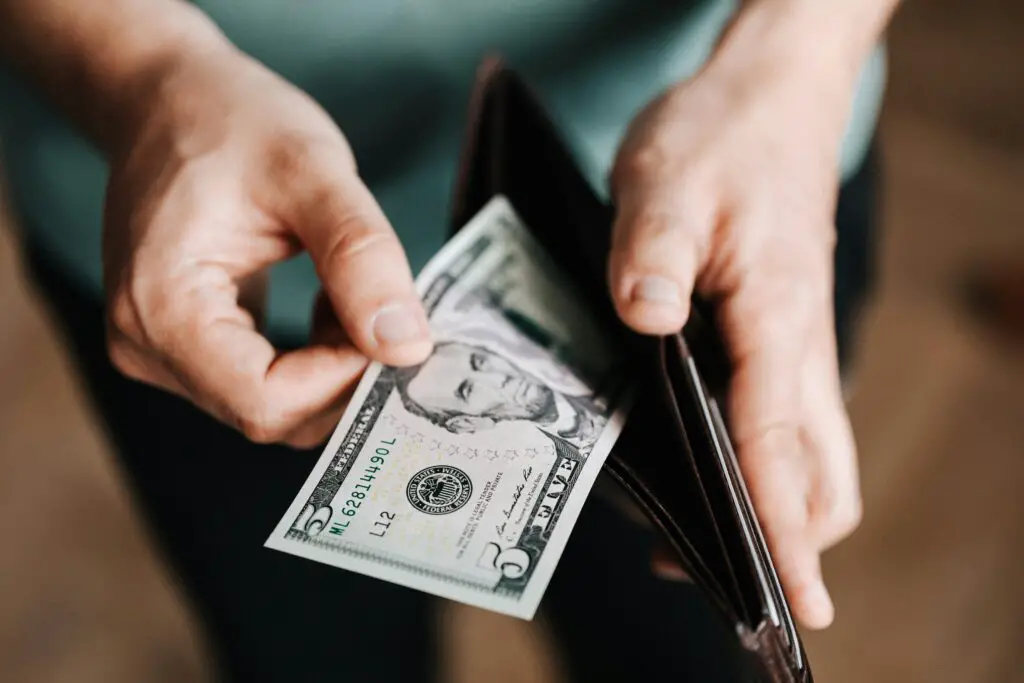
When paper money was first introduced, many people refused to trust it. For centuries, coins made of precious metals felt “real,” but flimsy paper seemed risky and unreliable. Some thought it was a trick or even cursed, fearing that holding onto it would cause financial ruin.
The distrust was so strong that many merchants refused paper notes at all. It took years of government backing and repeated use before people accepted paper as legitimate. What began as a source of anxiety became the backbone of modern economies.
12. Fear of Bathing
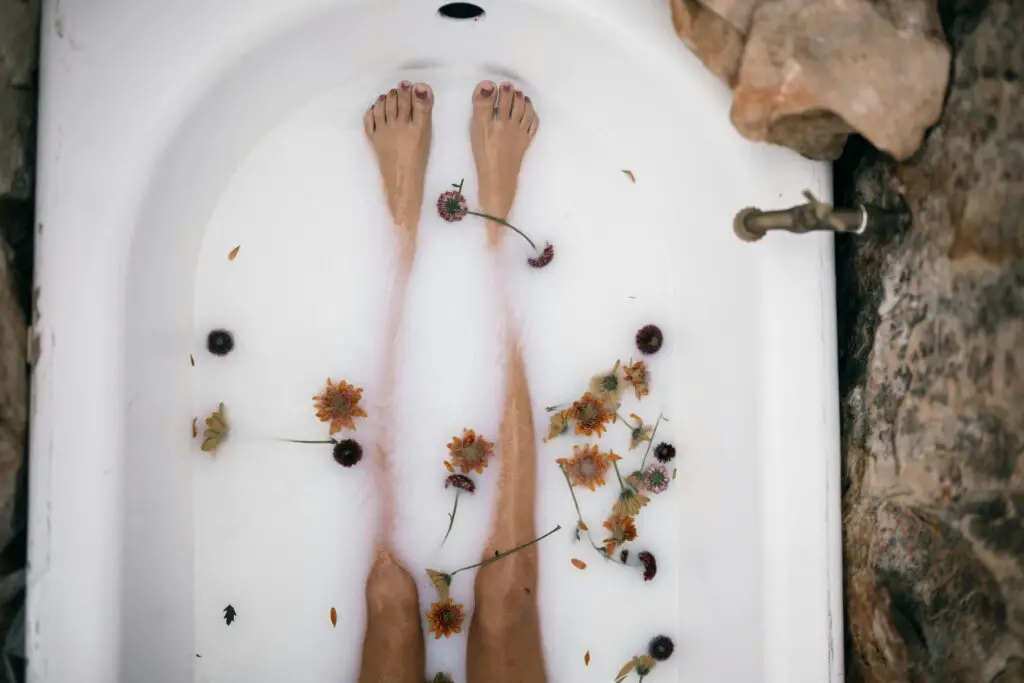
It might seem bizarre, but in certain eras, bathing was actually feared. During outbreaks of plague in Europe, many believed that water opened the pores and allowed deadly disease to seep into the body. Bathhouses closed, and people avoided washing altogether.
This fear led to some famously unhygienic centuries, where perfumes and powders were used instead of soap and water. While modern medicine eventually disproved the idea, the phobia shaped cultural habits for generations. Cleanliness, ironically, was once thought to be the path to sickness.
